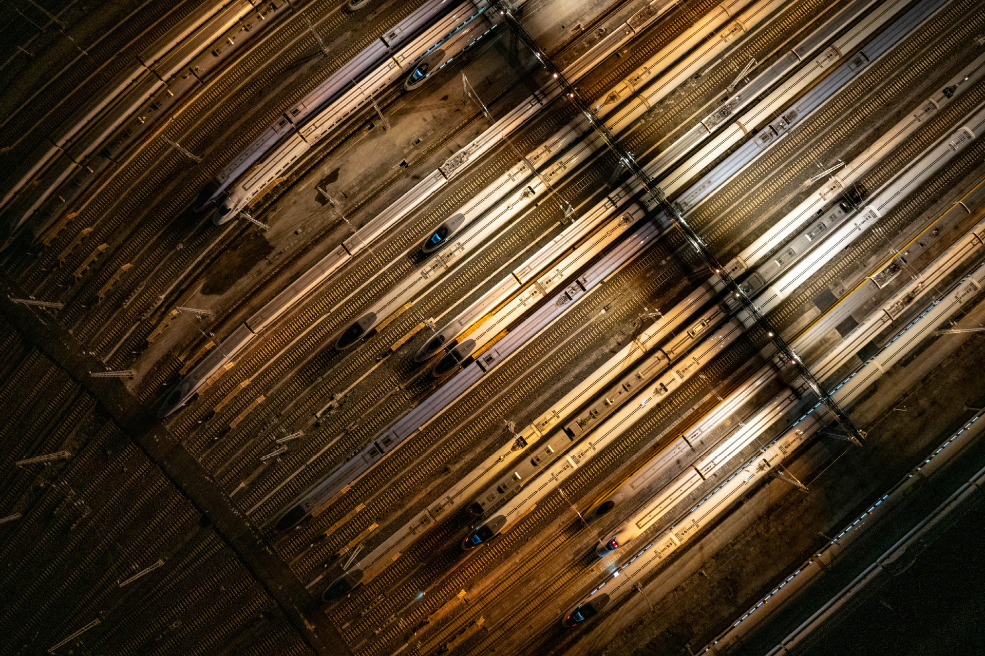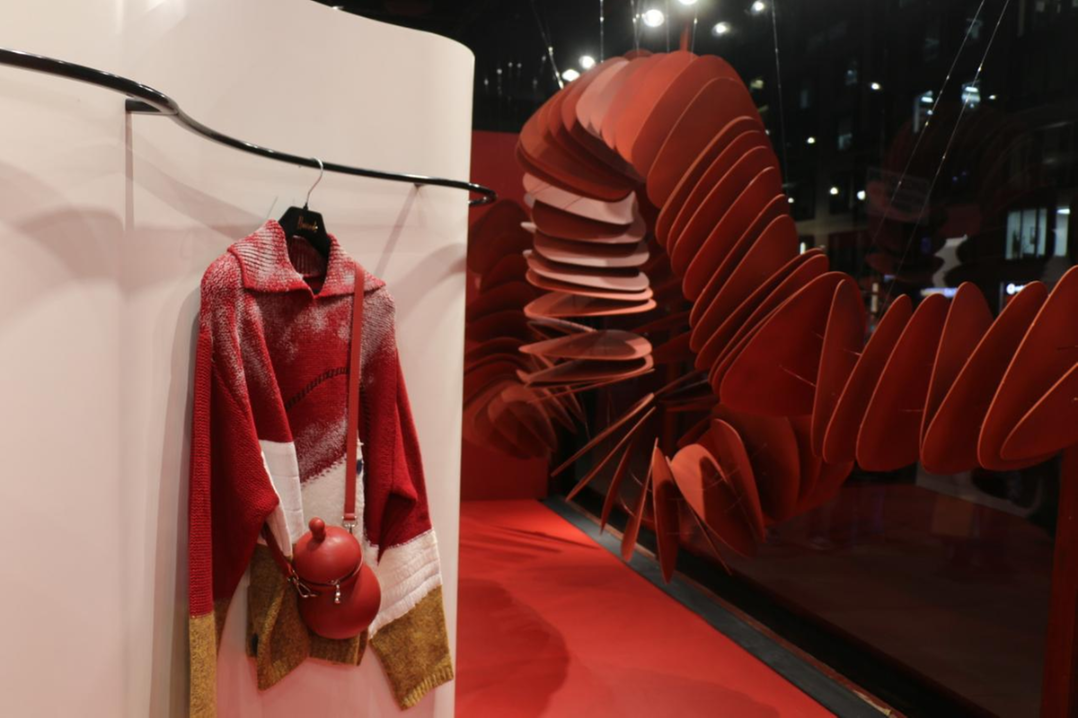Pompeii archaeologists discover 'exceptional' fresco
By Jonathan Powell in London | China Daily UK | Updated: 2018-11-20 23:18

An ancient Roman fresco depicting an erotic scene from the Greek myth "Leda and the Swan" has been uncovered at the Pompeii archaeological site in central Italy.
The wall artwork, unearthed on Friday, portrays the Greek god Zeus, or Jupiter in Roman mythology, taking the form of a swan and seducing the Spartan Queen Leda, the wife of King Tyndareus.
Along with other erotic works of classical mythology, this was a fairly common home decoration theme in Pompeii and Herculaneum, another town destroyed in 79 AD by the volcanic eruption of Mount Vesuvius.
But Pompeii archaeological park director Massimo Osanna praised this fresco as exceptional since it was painted to make it appear Leda was looking at whoever saw the fresco upon entering the bedroom.
"Leda watches the spectator with a sensuality that's absolutely pronounced," Osanna told Italian news agency ANSA.
The fresco's details include a depiction of Leda protecting the swan with her cloak as the bird sits on her lap.
Osanna noted the fresco's context of the Greek "myth of love, with an explicit sensuality in a bedroom where, obviously beside sleep, there could be other activities".
According to the archaeological park, which is part of the Italian Culture Ministry, the fresco was discovered in the bedroom of a house during work to stabilize the excavation site.
A neighboring corridor was previously found to contain another ancient fresco, one showing the Roman fertility god, Priapus, weighing his giant phallus.
Leda is an important figure in Greek mythology, as she was said to have borne children fathered by the god Zeus, the Greek version of Jupiter, and by a mortal king of Sparta. According to myth, her children included the beautiful Helen of Troy and the twins Castor and Pollux.
The myth has inspired some of the most famous artists and poets throughout the centuries, including Leonardo da Vinci and Michelangelo, though only copies of their work remain.
Osanna said one hypothesis is that the home's owner was a rich merchant who wanted to give the impression he was culturally advanced by incorporating myth-inspired frescoes.
Because of safety concerns, unexcavated parts of the domus will probably remain that way, ANSA said.
Archaeologists are considering removing both frescos found in the home to a place where "they can be protected and shown to the public," Osanna was quoted as saying.
Pompeii's sprawling, partially excavated grounds are one of Italy's top tourist attractions.
The Mount Vesuvius eruption buried the cities of Pompeii, Oplontis, and Stabiae under ashes and rock fragments, and the city of Herculaneum under a mudflow.
Most residents of Pompeii died instantly when the southern Italian town was hit by a 500°C pyroclastic hot surge.
























